Home>Garden Essentials>How To Turn A Living Room Into A Kids’ Play Area
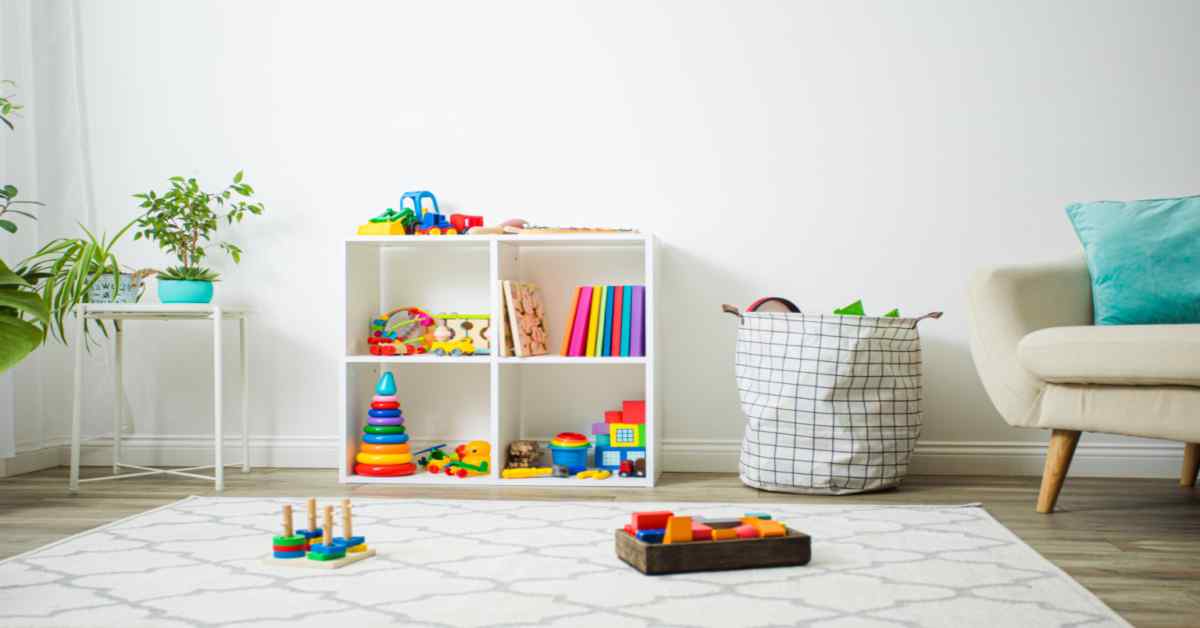

Garden Essentials
How To Turn A Living Room Into A Kids’ Play Area
Modified: March 7, 2024
Looking to transform your living room into a fun and interactive play area for your kids? Discover the best tips and ideas to create a magical garden-themed space that will spark their imagination and keep them entertained for hours.
(Many of the links in this article redirect to a specific reviewed product. Your purchase of these products through affiliate links helps to generate commission for Storables.com, at no extra cost. Learn more)
Introduction
Welcome to the ultimate guide on how to turn your living room into a captivating and functional play area for your kids. In today’s fast-paced world, creating a dedicated space for your little ones to play and explore is essential for their growth and development. By transforming your living room into a playful haven, you can encourage their imagination, foster creativity, and provide a safe environment for them to enjoy.
Nowadays, many families are opting for open-concept living spaces, which allow for flexibility in room usage. Converting a portion of your living room into a designated play area is not only practical but also saves you the trouble of having a separate playroom. Plus, it allows you to keep a watchful eye on your children while still being able to engage in family activities.
In this guide, we will explore eight essential steps to help you transform your living room into a kid-friendly play area. From clearing out the space and setting up effective storage solutions to incorporating child-friendly furniture and creating different play zones, we’ve got you covered. Let’s dive in!
Key Takeaways:
- Transforming your living room into a kids’ play area encourages creativity, independence, and safety for your children. Clear space, organize toys, and use bright colors to create a fun and engaging environment.
- By involving your children in the process, you can create a safe and imaginative play area that fosters their development and provides endless opportunities for fun and learning.
Read more: How To Create A Play Area In Living Room
Clear Out the Space
The first step towards transforming your living room into a kids’ play area is to clear out the space. Remove any unnecessary furniture, decor items, and fragile objects that could pose a potential hazard to your children. This will create a safe and open environment for them to play and explore.
Start by taking a careful inventory of the items in your living room. Identify pieces that are not essential or can be relocated to another area of your home. Consider temporarily storing them in a different room or basement until you no longer need the play area.
While it’s important to declutter, you don’t necessarily have to remove all items from your living room. Keep a few functional pieces, such as a sofa, coffee table, and entertainment center, that can be incorporated into the play area. These items can serve a dual purpose by providing seating for the adults and creating a cozy nook for the kids.
Once you have cleared out the space, give it a thorough cleaning. Vacuum the floors, dust the surfaces, and wipe down any windows or mirrors. This will not only make the room more inviting but also ensure a clean and hygienic play environment for your children.
Consider rearranging the layout of your living room to optimize the available space for play. Create open pathways and remove any obstacles that may hinder the flow of movement. This will give your kids plenty of room to run, crawl, and explore without bumping into furniture.
To add a touch of coziness and define the play area, you can use rugs or mats. Opt for soft, comfortable materials that are easy to clean. This will create a designated space where your children can engage in various activities without encroaching on the rest of the living room.
By clearing out the space and creating an open and safe play area, you are laying the foundation for an exciting and engaging environment for your kids to enjoy.
Set Up a Storage System
A well-organized play area is not only visually appealing but also makes it easier for children to find and put away their toys. Setting up an effective storage system is crucial in keeping the play area tidy and functional.
Start by assessing your storage needs based on the types and number of toys your children have. Consider investing in storage solutions that are child-friendly and easily accessible. This could include toy chests, bookshelves with colorful bins or baskets, wall-mounted storage units, or even a play kitchen with built-in storage compartments.
Designate specific areas for different types of toys to make it easier for your children to find what they’re looking for and to encourage them to clean up after playtime. For example, you could have a shelf dedicated to books, another for building blocks, and a separate storage bin for stuffed animals or dolls.
Labeling the storage containers or using picture labels can also help younger children identify where each toy belongs. This not only promotes organization but also enhances their cognitive skills and ability to recognize and sort objects.
When selecting storage solutions, prioritize safety. Avoid containers with sharp edges or heavy lids that could pose a risk of injury. Opt for lightweight bins or baskets that your children can easily lift and handle on their own.
Maximize your vertical space by utilizing wall shelves or hanging organizers. This not only frees up floor space but also keeps toys within reach. Consider installing hooks or pegboards on the walls to hang items such as dress-up costumes or art supplies.
Regularly assess your storage system and declutter toys that are no longer used or broken. This helps to maintain an organized play area and prevents it from becoming overwhelming for your children.
By setting up a well-designed storage system, you can keep the play area clutter-free and teach your children the importance of tidying up after themselves.
Create Different Play Zones
Creating different play zones within your living room can add variety and enhance your children’s play experience. By dividing the space into designated areas, you can cater to different types of play and activities, promoting a well-rounded playtime environment.
Consider the interests and age of your children when planning the play zones. Here are a few ideas to inspire you:
Art Corner:
Set up an art corner where your children can unleash their creativity. Dedicate a table or a small desk for arts and crafts activities. Provide materials such as paper, crayons, paints, and clay. Hang a corkboard or a magnetic board on the wall where they can display their artwork proudly.
Reading Nook:
Create a cozy reading nook with a comfortable chair, bean bags, or floor pillows. Arrange a bookshelf nearby filled with a variety of age-appropriate books. Encourage your children to explore different genres and develop a love for reading.
Pretend Play Area:
Set aside a corner or a section of the play area for imaginative play. You can create a mini kitchen with play food and utensils, a dress-up station with costumes and accessories, or a puppet theater. These props will foster their imagination and encourage role-playing.
Building and Construction Zone:
Allocate an area specifically for building blocks, legos, and other construction toys. Provide a sturdy table or floor space for your children to build their structures. This zone will promote problem-solving skills and hand-eye coordination.
Movement and Physical Play:
Set up an open space for your children to engage in active play. This can include a mini trampoline, a small slide, or a soft play mat for crawling and rolling. This zone will help them develop gross motor skills and burn off energy.
Remember, the key is to create distinct areas within your living room that cater to different types of play. This will provide your children with a variety of options and keep them engaged and entertained for hours.
Read more: How To Turn Under Deck Into A Play Area
Incorporate Kid-Friendly Furniture
When transforming your living room into a kid’s play area, it’s important to choose furniture that is both safe and suitable for their needs. Incorporating kid-friendly furniture will not only enhance the play experience but also ensure their comfort and well-being.
Here are some factors to consider when selecting kid-friendly furniture:
Durability:
Opt for furniture pieces that are sturdy and durable. Children are known to be enthusiastic and energetic when it comes to play, so furniture that can withstand their active nature is essential. Look for materials such as wood or plastic that are easy to clean and can withstand occasional bumps and spills.
Safety Features:
Ensure that the furniture is designed with safety in mind. Avoid sharp edges or corners that may cause injuries. Look for rounded edges and smooth surfaces. If the furniture has drawers or cabinets, make sure they have child-safe locks to prevent accidents.
Size and Height:
Consider the size and height of the furniture in relation to your children. Opt for child-sized chairs, tables, and benches so that they can comfortably reach and sit without assistance. This will foster independence and a sense of ownership over their play area.
Read more: How To Place Area Rugs In Living Room
Multipurpose Designs:
Select furniture pieces that have multiple uses to maximize the functionality of the play area. For example, choose a storage ottoman that can be used as a seat or a table with built-in storage compartments. This will help save space and keep the play area organized.
Theme and Aesthetics:
Incorporating furniture that matches the play area’s theme or color scheme can add a fun and cohesive element. Consider furniture in bright, vibrant colors or with playful patterns to stimulate your children’s imagination and create an inviting play environment.
Remember to involve your children in the selection process and take their preferences into account. By incorporating kid-friendly furniture, you are creating a comfortable and safe space where they can enjoy their playtime to the fullest.
Use Bright Colors and Decorations
When creating a kids’ play area in your living room, the use of bright colors and decorations can bring the space to life and ignite your children’s imagination. By incorporating vibrant shades and playful decor, you can create a visually stimulating and engaging environment.
Here are some ideas for using bright colors and decorations:
Colorful Walls:
Painting the walls with bright and cheerful colors can instantly transform the play area. Opt for shades like sunny yellow, vibrant green, or sky blue. Consider creating an accent wall or using colorful wallpaper with a pattern that appeals to your children.
Themed Decor:
Select a theme that aligns with your children’s interests and incorporate themed decorations. Whether it’s a princess, superhero, outer space, or jungle theme, use wall decals, posters, and bedding to bring the theme to life. This will enhance the immersive play experience.
Soft Furnishings:
Add pops of color through soft furnishings such as cushions, throws, and curtains. Opt for fabrics in bold patterns and bright hues to create a playful and cozy atmosphere. Mix and match different textures to add visual interest.
Wall Art and Murals:
Hang colorful artwork, framed posters, or even create a mural on one of the walls. Choose artwork that reflects your children’s interests and preferences. This will not only serve as a decorative element but also spark their creativity and imagination.
Rugs and Mats:
Use rugs and mats in vibrant colors to define different play zones and add an element of comfort. Carpets with educational designs or interactive patterns can also create a fun and engaging atmosphere.
Lighting:
Consider incorporating playful and whimsical lighting fixtures, such as string lights or themed lamps. These can add a magical touch to the play area and create a cozy ambiance during playtime.
Remember to strike a balance between incorporating bright colors and decorations without overwhelming the space. Embrace your children’s creativity and involve them in the decision-making process to create a play area that reflects their personality and interests.
Provide Organized and Easy Access to Toys
In a kids’ play area, easy access to toys is crucial for a smooth and enjoyable play experience. By organizing toys in a way that is easily accessible and manageable, you can encourage independent play and minimize frustration. Here are some tips:
Categorize and Label:
Sort toys into categories and assign specific containers or bins for each category. This could include separate containers for building blocks, dolls, puzzles, and art supplies. Labeling the containers with words or pictures can help your children identify where each toy belongs and make clean-up time more manageable.
Low-Level Storage:
Provide storage solutions that are at a suitable height for your children. Low-level shelves, cubbies, or open bins make it easy for them to see and access their toys independently. This empowers them to choose their toys and engage in self-directed play.
Open-Faced Storage:
Consider using open-faced storage solutions, such as bookshelves or cubbies, where toys are visible and easily accessible. This allows your children to easily spot and select the toys they want to play with, reducing frustration and promoting independent decision-making.
Rotation System:
If you have a large collection of toys, consider implementing a toy rotation system. This involves storing some toys away and periodically swapping them with the ones currently in use. This keeps the play area fresh and exciting by offering a variety of toys while also minimizing clutter.
Display Favorites:
Showcase your children’s favorite toys or creations on a designated display shelf or bulletin board. This not only provides a sense of pride for your children but also encourages them to take care of their toys and keep them organized.
Teach and Reinforce Clean-up:
Teach your children the importance of cleaning up after playtime. Establish a routine where they are expected to put away their toys before moving on to something else. Encourage them to take ownership of their play area and provide positive reinforcement when they demonstrate good clean-up habits.
By providing organized and easily accessible toy storage, you create an environment that encourages independent play and fosters a sense of responsibility in your children.
Read more: How To Make A Play Area For Baby
Ensure Safety Measures
Creating a safe play area for your children is of utmost importance. As you transform your living room into a kids’ play area, it is essential to implement safety measures to minimize potential hazards and ensure their well-being. Here are some key safety considerations:
Furniture Anchoring:
Secure any large or heavy furniture pieces, such as bookshelves or cabinets, to the wall to prevent them from tipping over. This is especially important if your children tend to climb or pull on furniture.
Electrical Outlets and Cords:
Cover electrical outlets with childproof outlet covers or use sliding safety covers. This prevents your children from accidentally inserting objects into the sockets. Additionally, make sure that cords from lamps, televisions, or other electronic devices are safely tucked away and out of reach.
Window Safety:
Install window guards or window stops to prevent children from accidentally falling out of open windows. Ensure that blinds or curtains have cordless designs or are equipped with safety devices to prevent strangulation hazards.
Read more: How To Organize A Play Area For Toddlers
Safety Gates:
If your living room has open doorways or stairs, install safety gates to restrict access and prevent falls. Use gates specifically designed for children and ensure that they are properly secured.
Rugs and Mats:
Ensure that any rugs or mats in the play area have a non-slip backing to prevent slips and falls. Place grip pads under rugs to keep them securely in place, especially in high-traffic areas.
Childproof Locks:
If your living room has cabinets or drawers within reach of your children, use childproof locks to prevent them from accessing potentially harmful substances or objects.
No Small Parts:
Regularly inspect and remove any small parts or choking hazards from the play area. Keep a vigilant eye out for loose buttons, batteries, or any other objects that may pose a risk to young children.
Lastly, it’s important to always supervise your children while they are playing in the designated area. While safety measures can go a long way in preventing accidents, nothing is a substitute for parental supervision and attentiveness.
By implementing these safety measures, you can create a secure and worry-free environment for your children as they enjoy their playtime.
Read more: How To Make A Play Area For A Kitten
Encourage Imaginative Play
One of the key benefits of having a dedicated play area in your living room is to foster imaginative play in your children. Encouraging their creativity and imagination not only enhances their cognitive development but also provides endless opportunities for fun and learning. Here’s how you can promote imaginative play:
Provide Open-Ended Toys:
Select toys that allow for open-ended play, where there are no predetermined rules or limitations. Building blocks, dolls, dress-up costumes, and art supplies are great examples. These toys encourage your children to create their own narratives and scenarios, promoting imaginative thinking.
Create a Pretend Play Space:
Dedicate a specific area of the play area for pretend play. Set up a play kitchen, a dollhouse, or a puppet theater. Provide props and accessories that spark your children’s imagination and allow them to immerse themselves in various roles and scenarios.
Include Storytelling Materials:
Set up a comfy reading nook with a variety of books and storytelling materials. Encourage your children to explore different stories and engage in imaginative storytelling sessions. Use puppets or stuffed animals as storytelling aids to make it even more interactive.
Read more: How To Create Shade In A Play Area
Role-Playing and Dress-Up:
Promote role-playing and dress-up activities by providing a selection of costumes, hats, and accessories. Encourage your children to take on different roles and characters, fostering their creativity and allowing them to explore different perspectives and experiences.
Be a Play Buddy:
Join your children in their playtime adventures. Take on roles, engage in imaginative conversations, and encourage their storytelling. This not only strengthens your bond but also provides them with an example to follow and expands their imaginative play possibilities.
Create Inviting Play Spaces:
Consider adding cozy elements to the play area, such as soft blankets, pillows, and tents. These can serve as cozy nooks or secret hideaways that ignite your children’s imagination and provide a special space for their make-believe worlds.
Remember, imaginative play is vital for your children’s development and learning. By providing the right environment and opportunities, you are nurturing their creativity and helping them to think outside the box.
Conclusion
Transforming your living room into a kids’ play area not only maximizes the functionality of your space but also creates an environment that fosters imagination, creativity, and fun for your children. By following the steps outlined in this guide, you can create a captivating and safe play area that caters to your children’s needs and interests.
Clearing out the space and setting up an effective storage system ensures a clutter-free environment and easy access to toys. Creating different play zones allows for diverse play experiences and encourages exploration of different activities. Incorporating kid-friendly furniture ensures both comfort and safety for your children as they engage in playtime.
Using bright colors and decorations adds a playful and inviting atmosphere to the play area, while providing organized and easy access to toys promotes independence and a sense of responsibility. Implementing safety measures ensures a secure environment for your children to play and enjoy their time. Lastly, encouraging imaginative play sparks creativity and fosters their cognitive and social development.
Remember to involve your children in the process, taking their preferences and interests into account. Pay attention to their likes and dislikes, and continuously adapt and update the play area to keep it engaging and exciting.
With a well-designed and thoughtfully organized play area in your living room, you are providing your children with a space where they can learn, grow, and create beautiful memories that will last a lifetime.
Frequently Asked Questions about How To Turn A Living Room Into A Kids' Play Area
Was this page helpful?
At Storables.com, we guarantee accurate and reliable information. Our content, validated by Expert Board Contributors, is crafted following stringent Editorial Policies. We're committed to providing you with well-researched, expert-backed insights for all your informational needs.
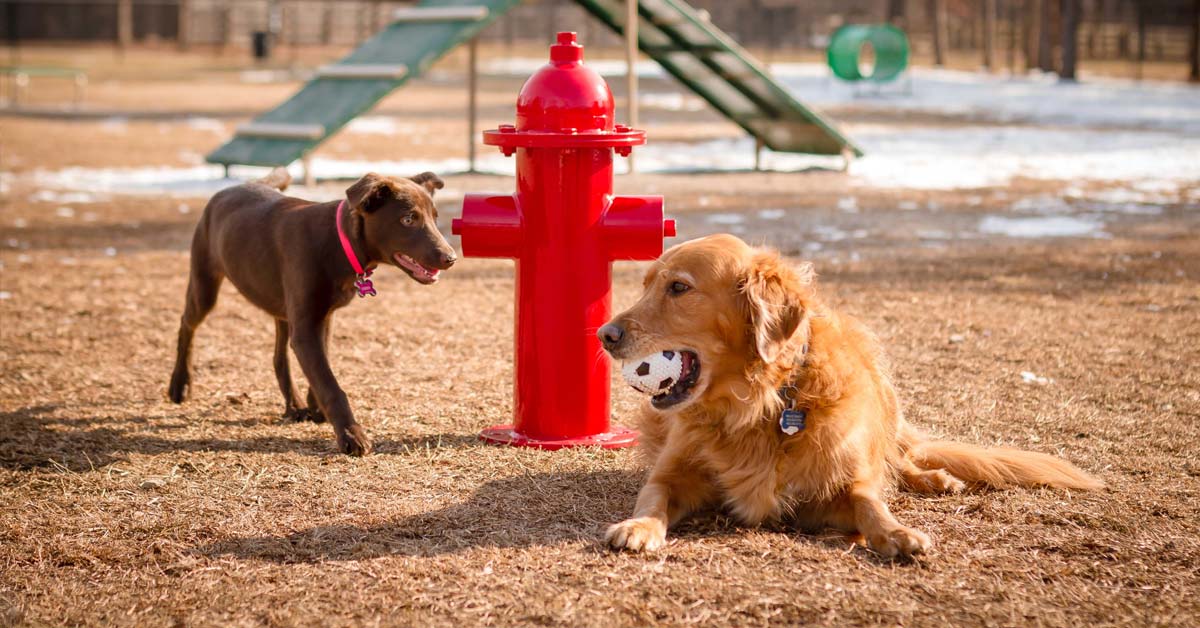
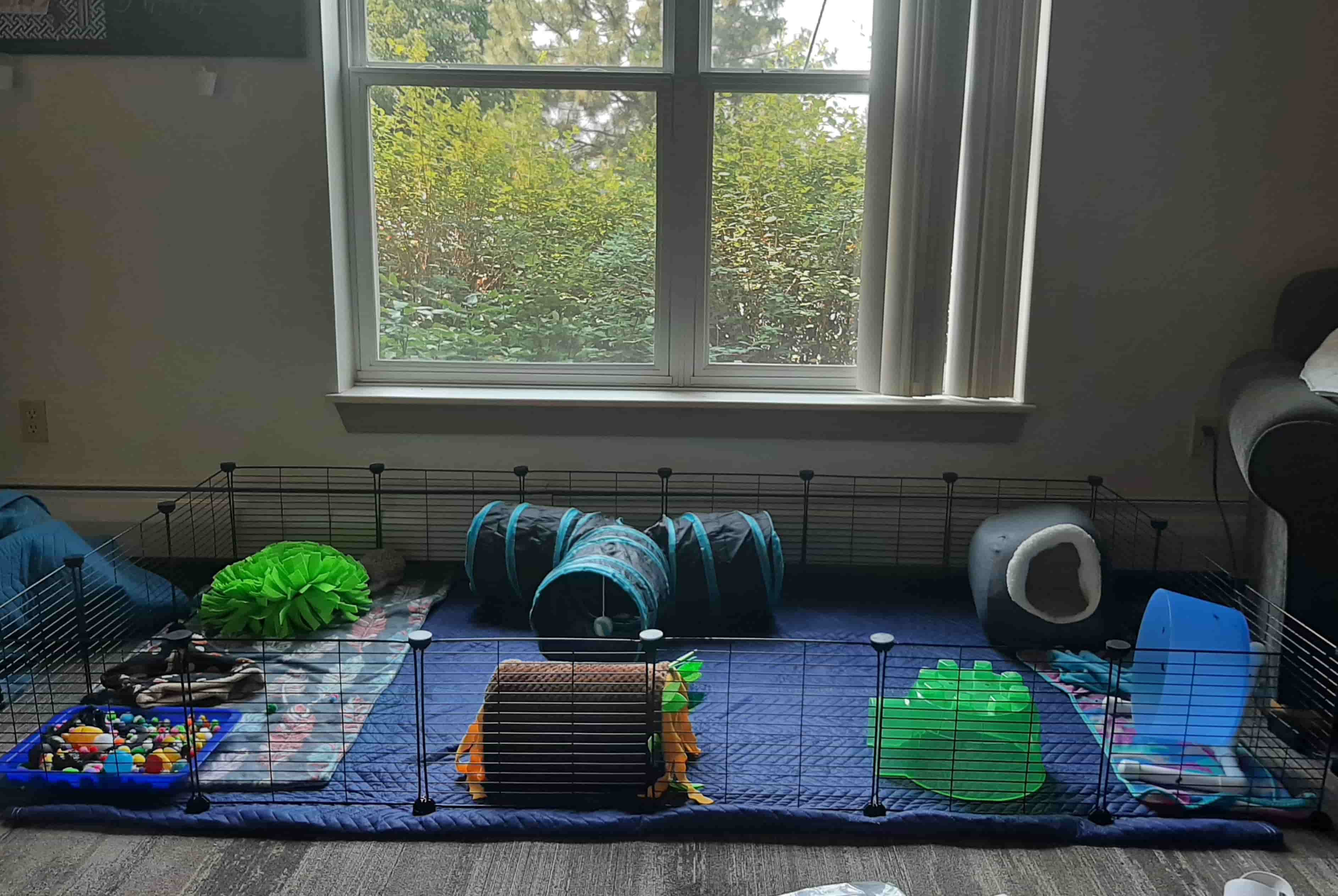
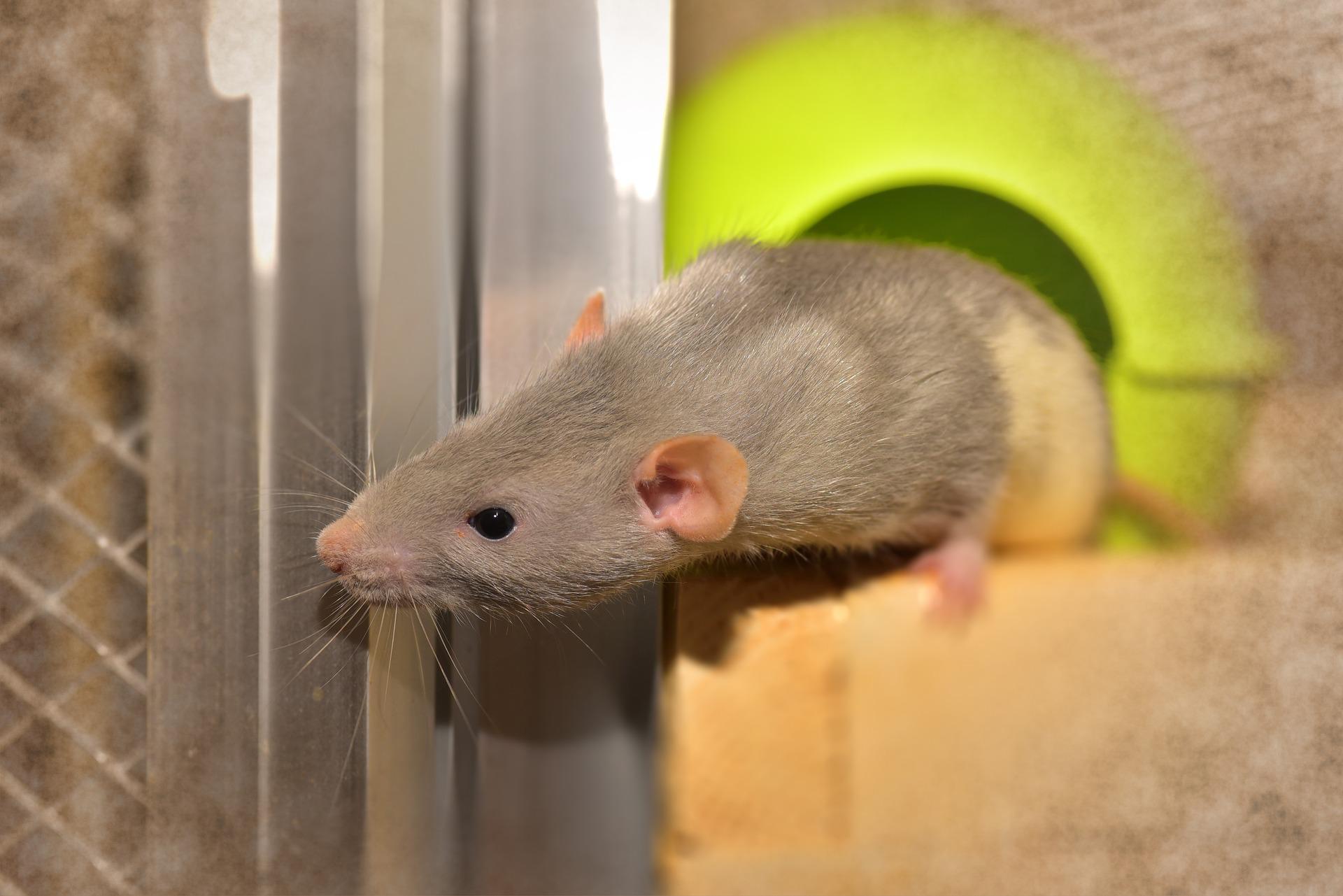
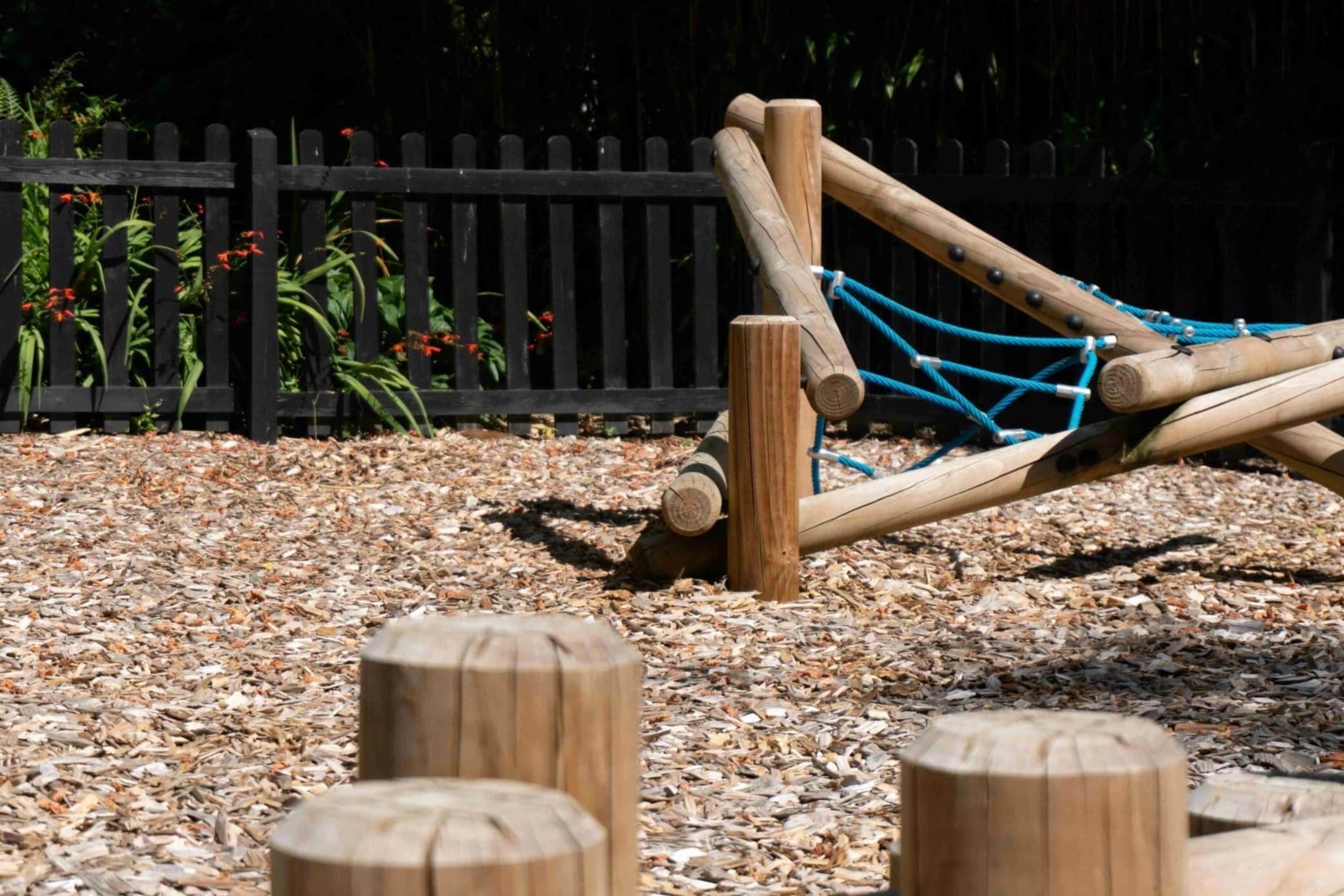
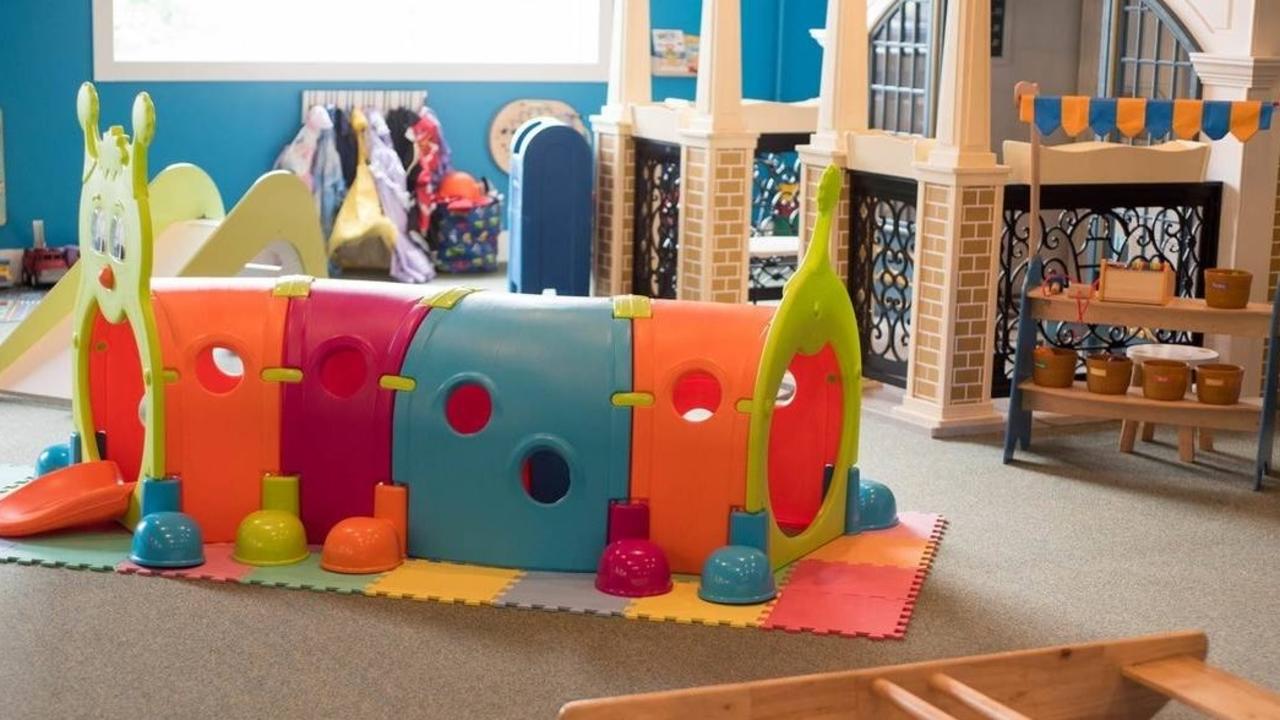

0 thoughts on “How To Turn A Living Room Into A Kids’ Play Area”